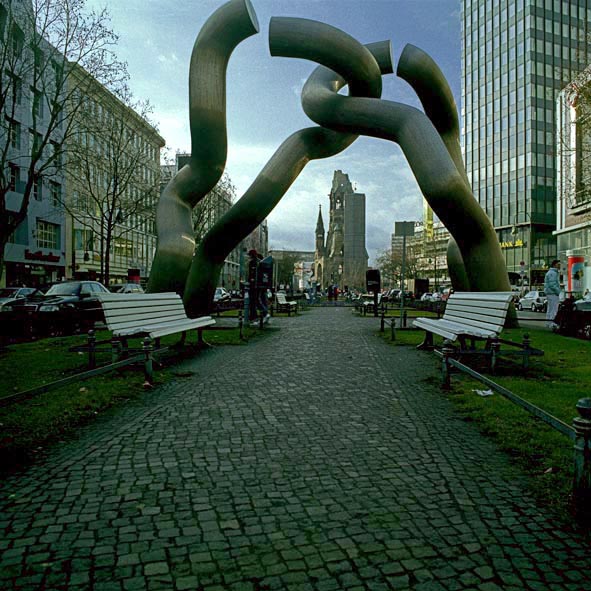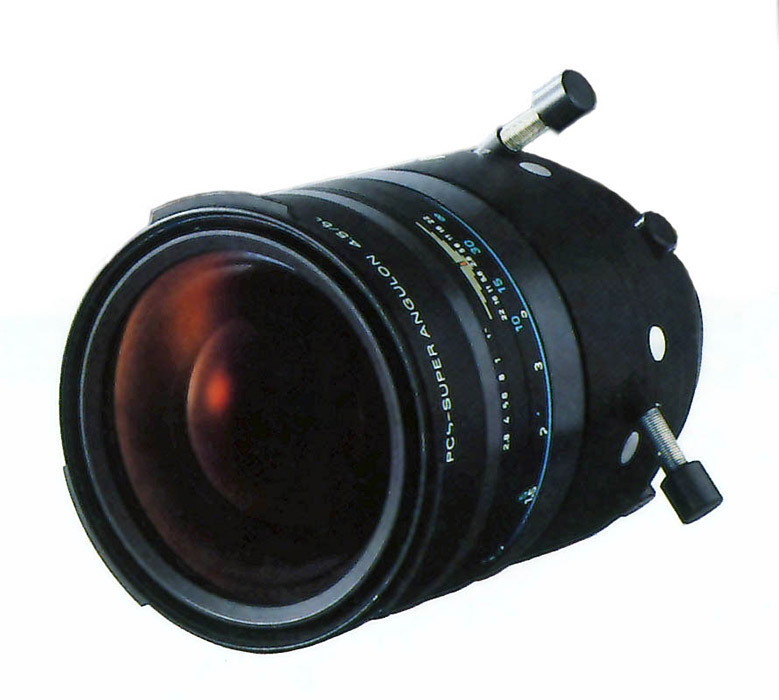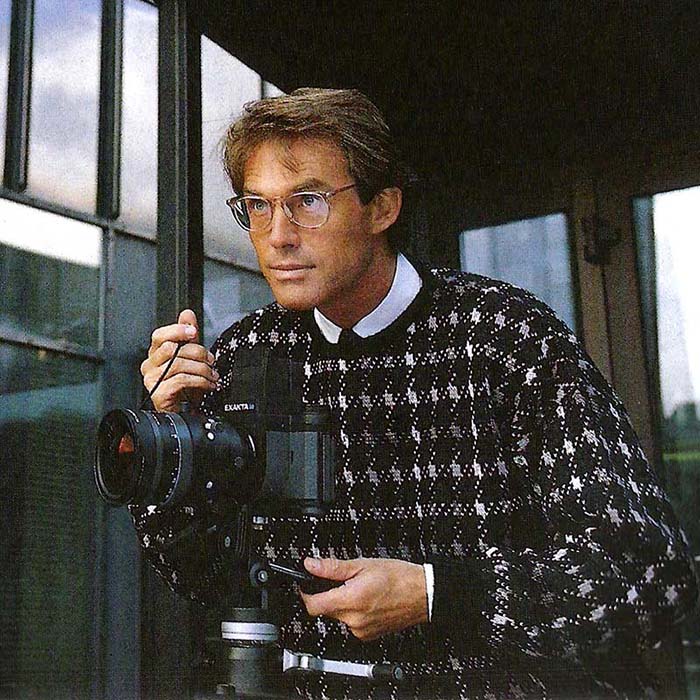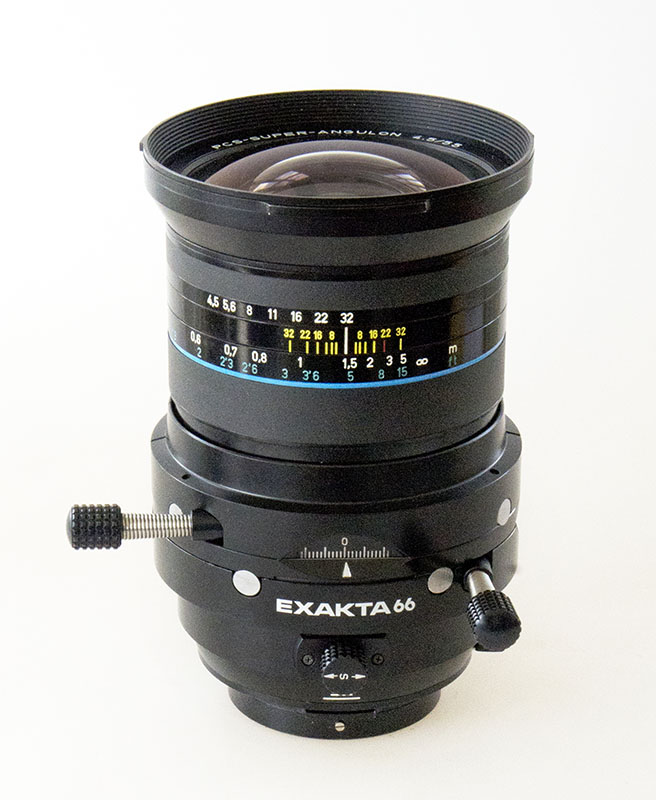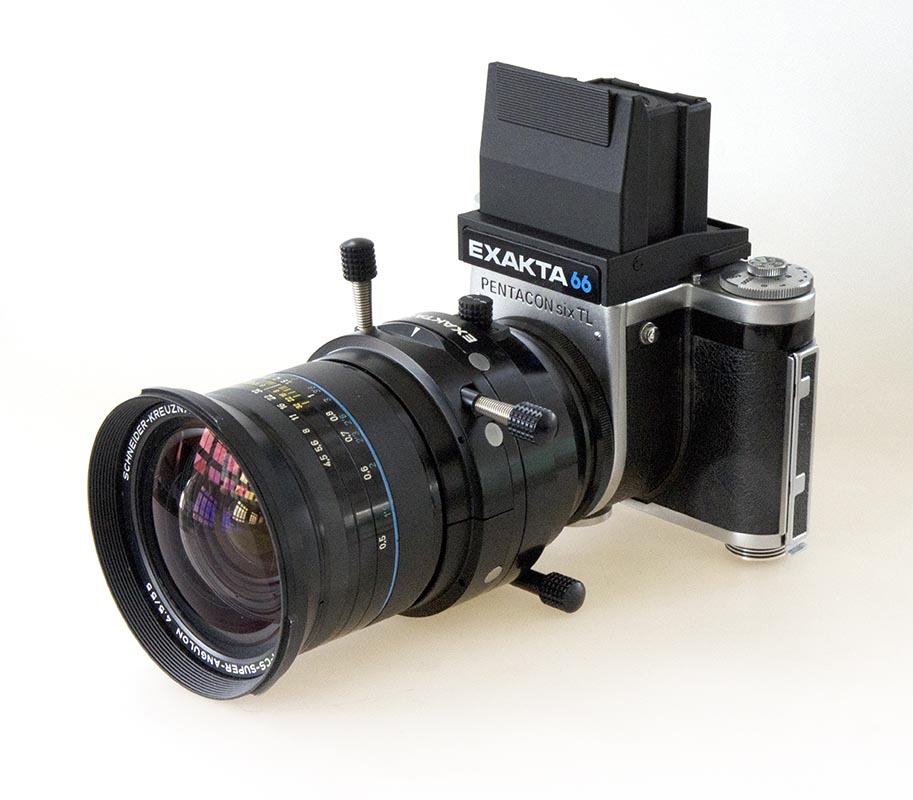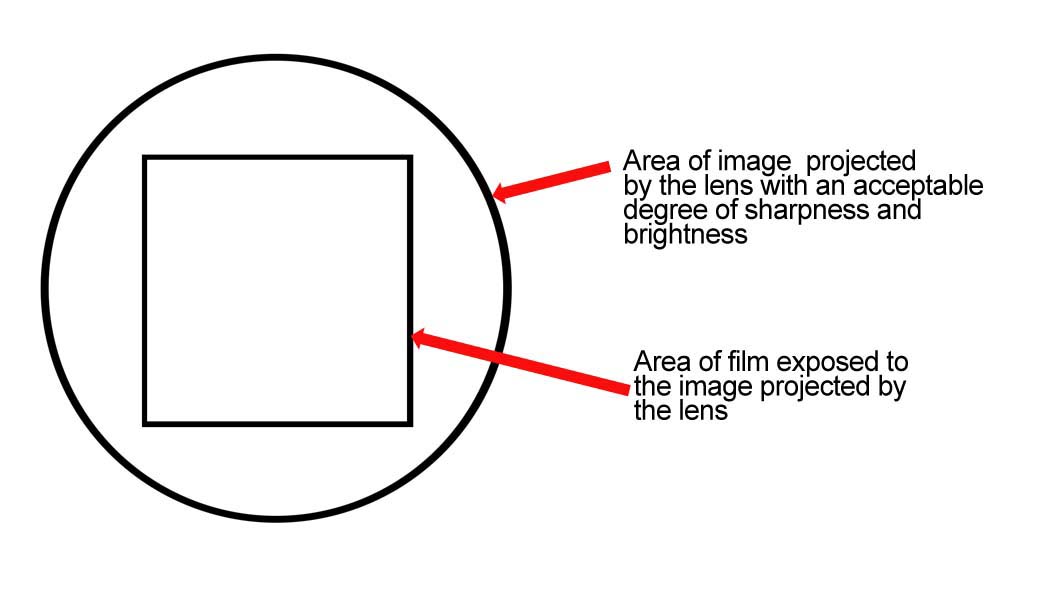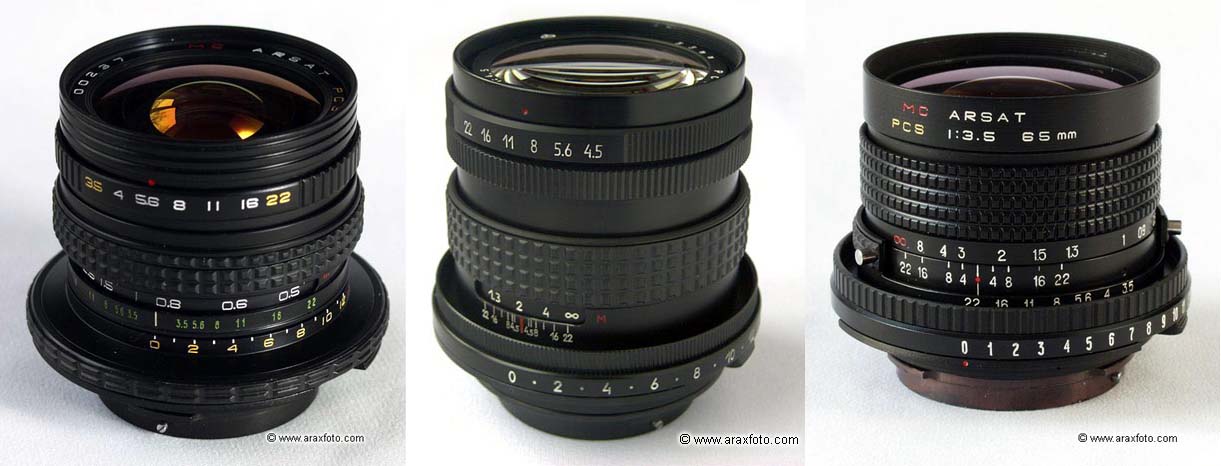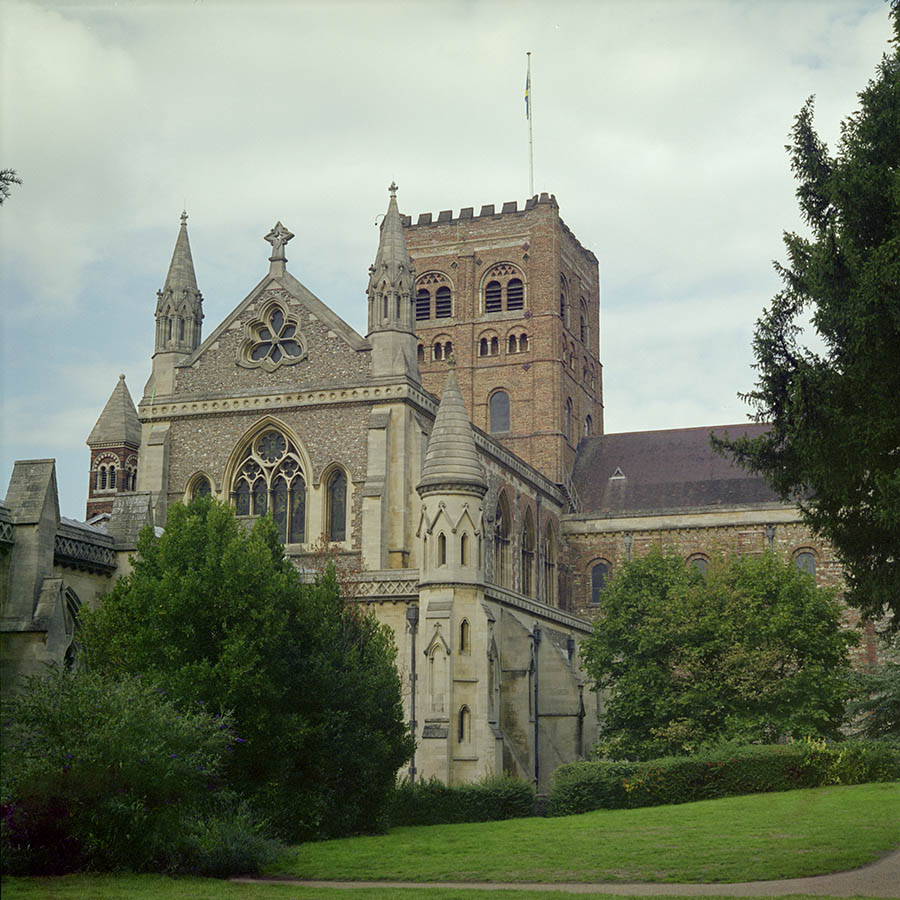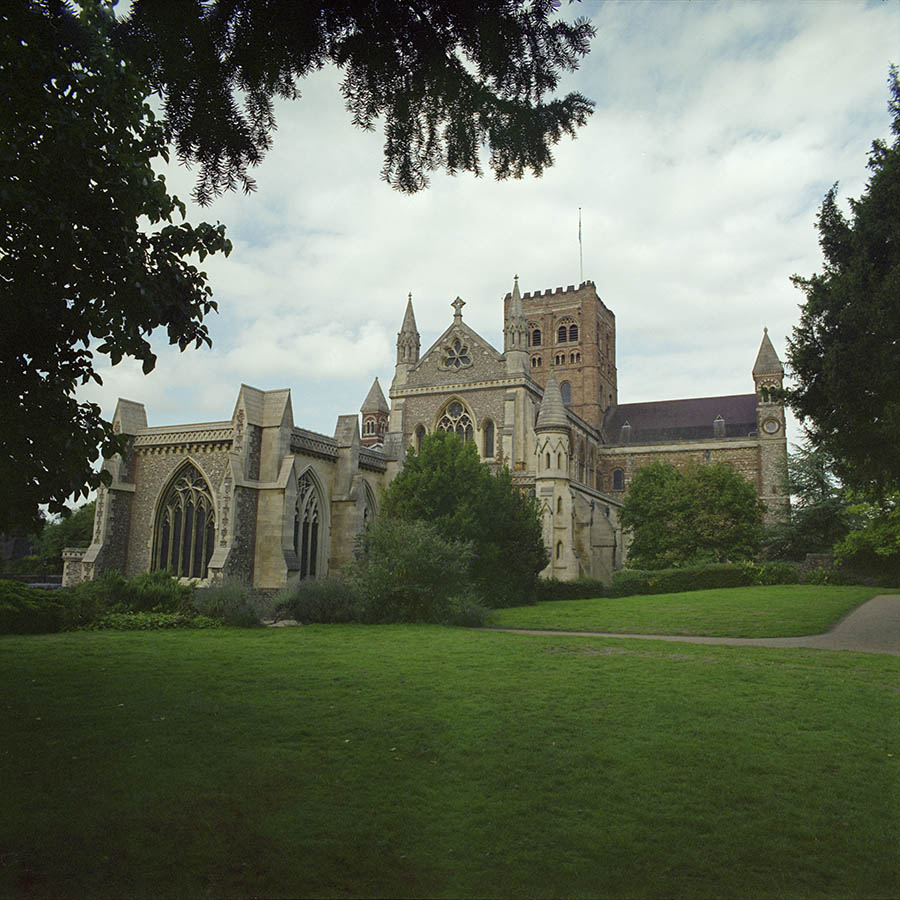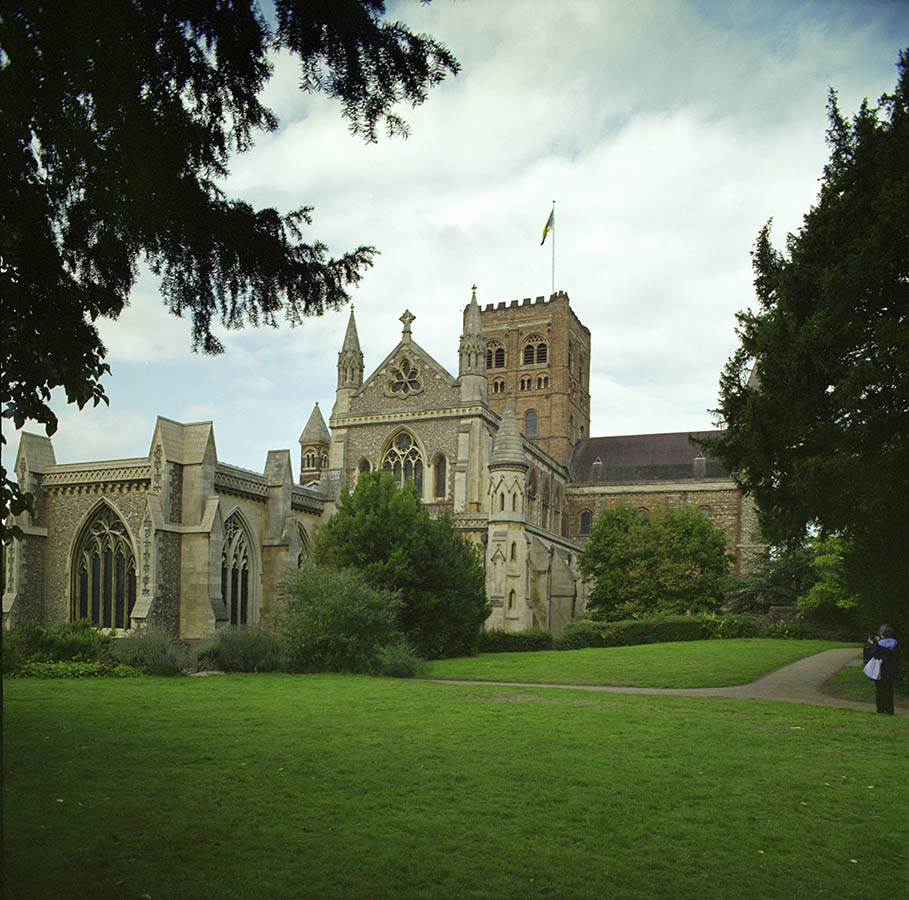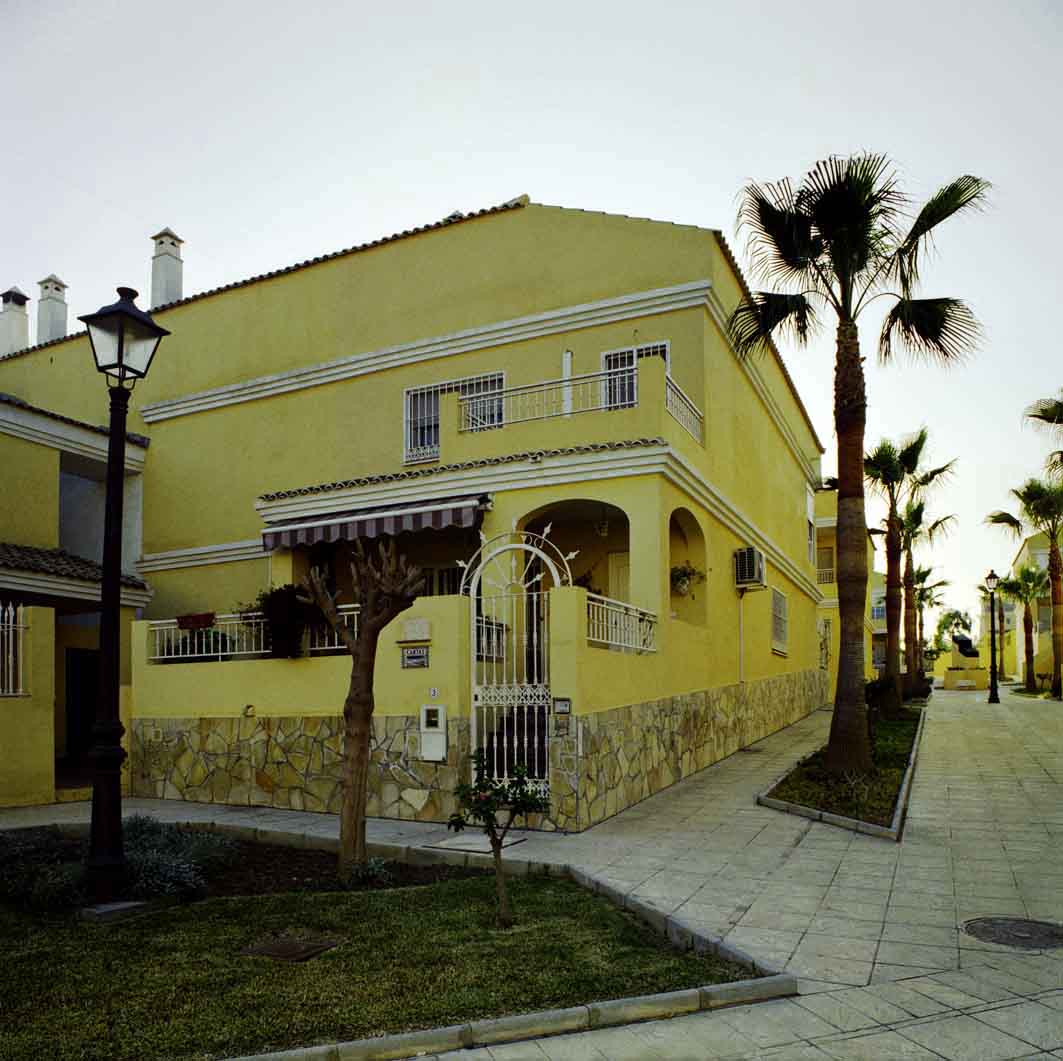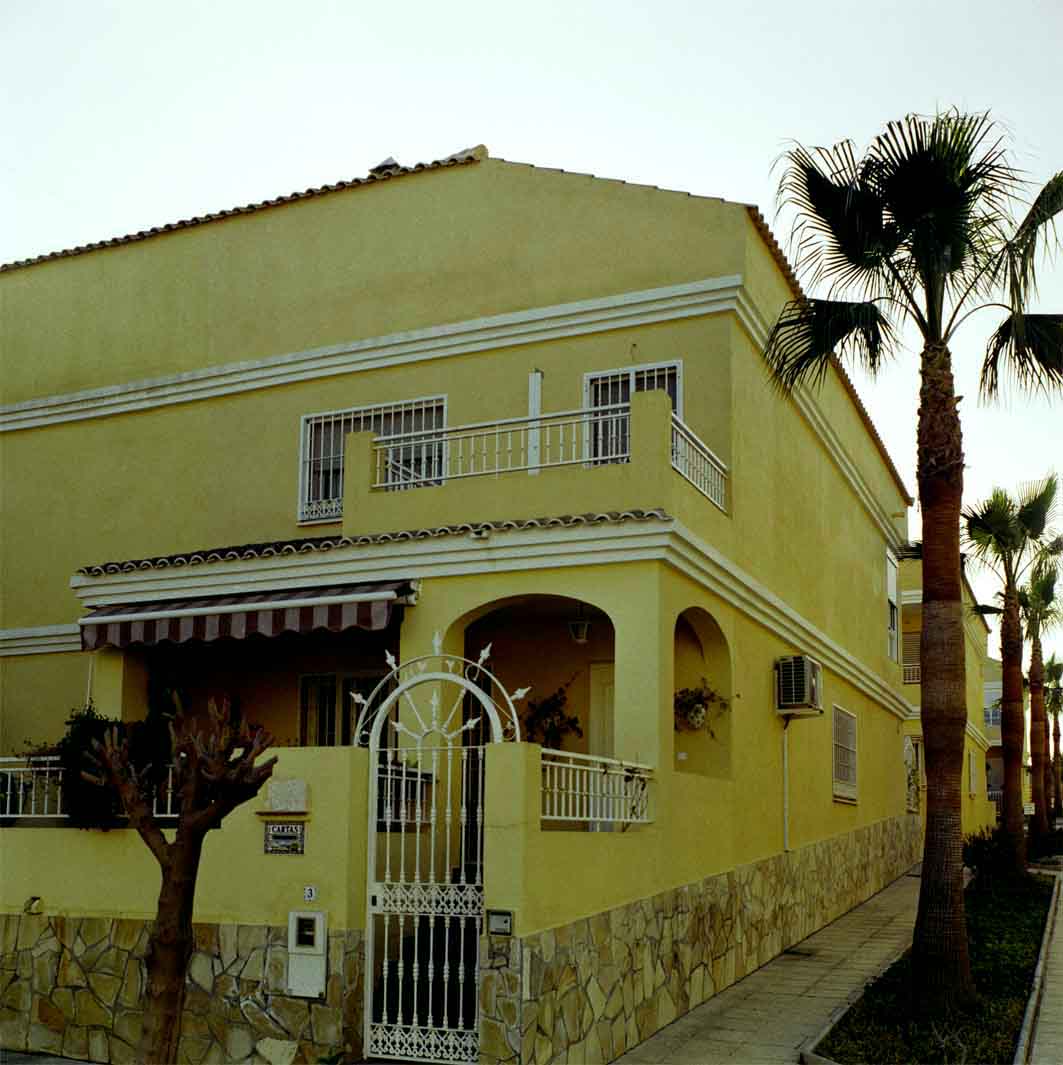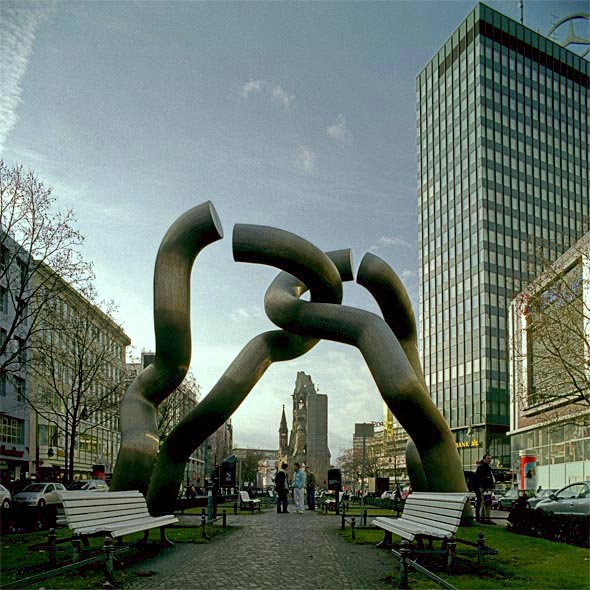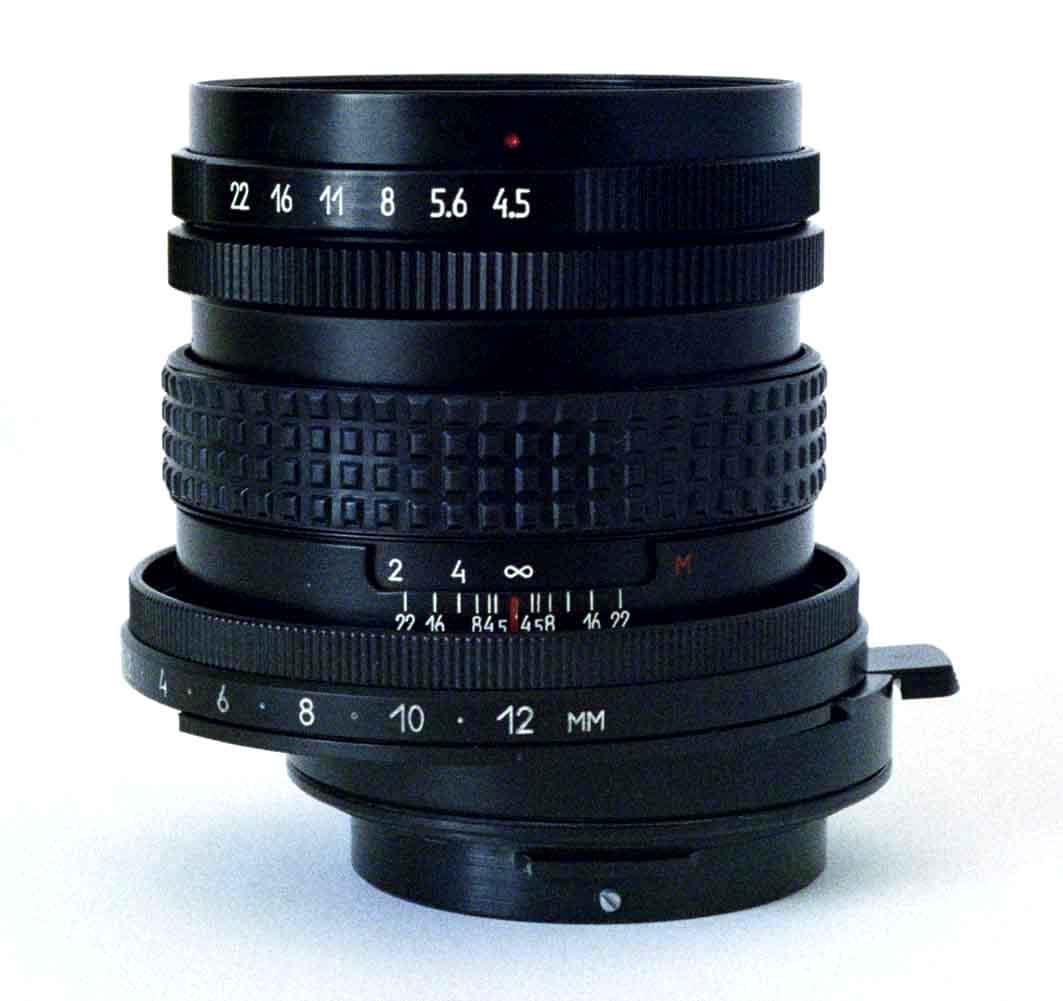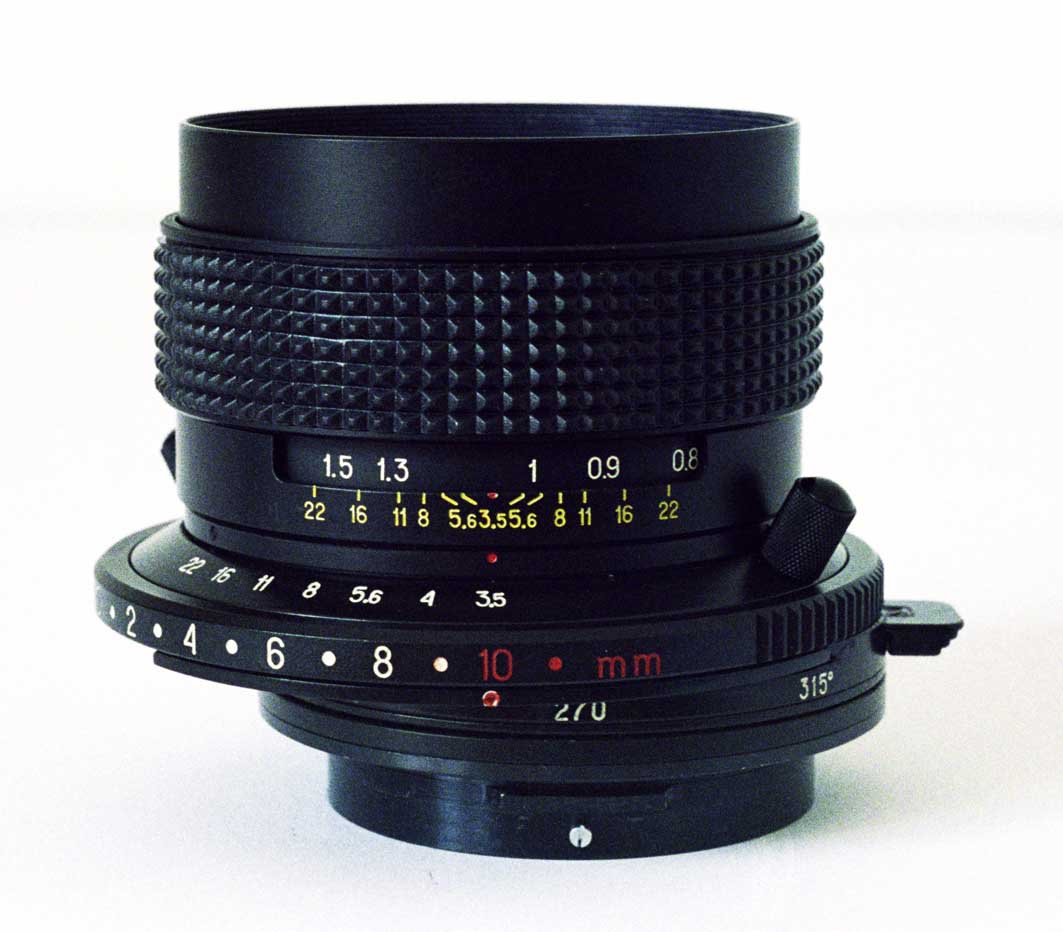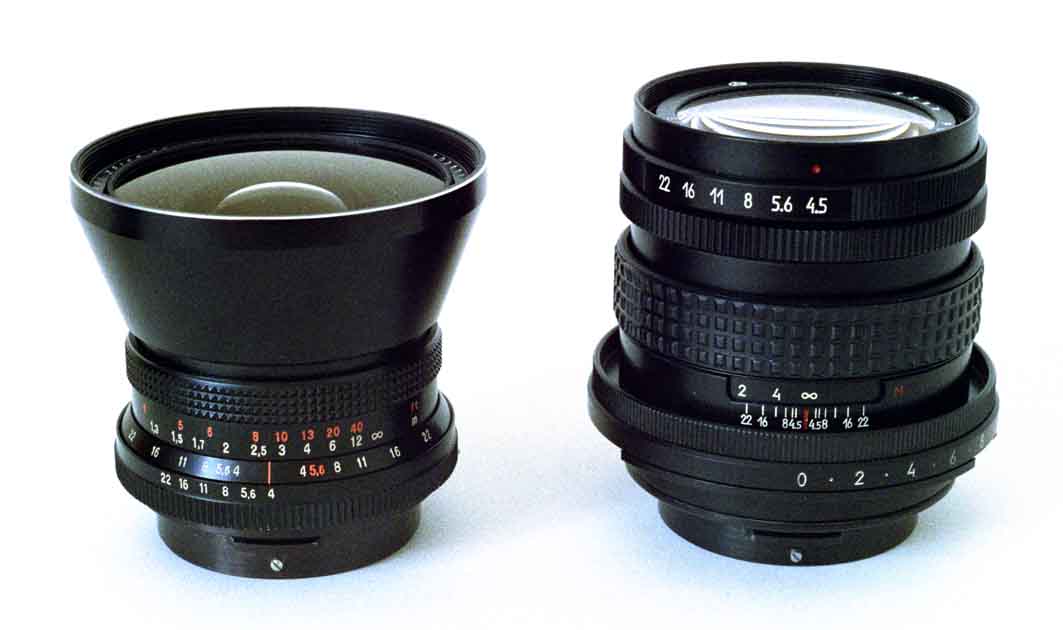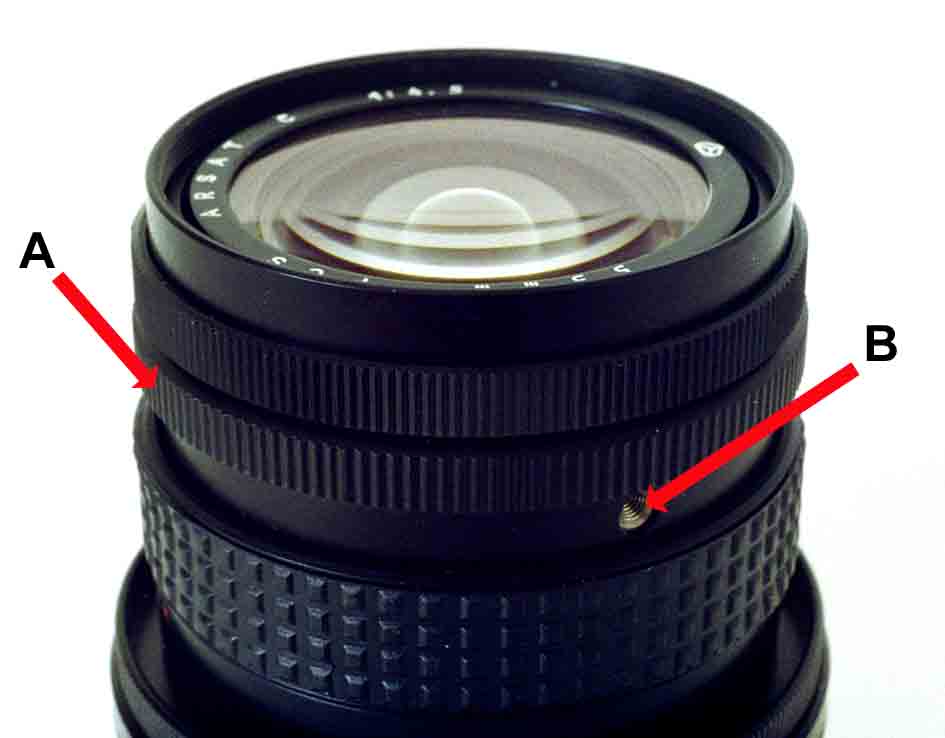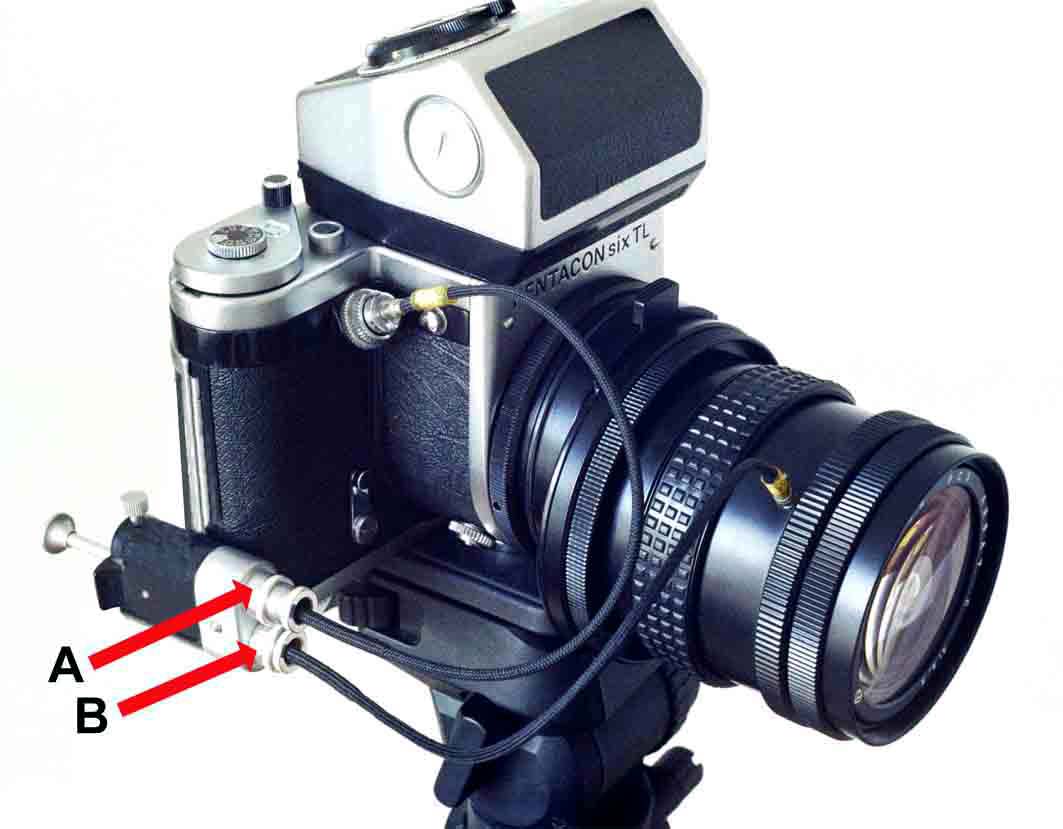|
General
requirements of shift lenses
Requirement 1
A shift lens does not
need to be as wide as its non-shift counterpart.
Why is this?
Most shift lenses are used to
increase coverage in a given direction while
maintaning the back of the camera absolutely
vertical. The most common use is for
architectural shots (pictures of buildings), as on
this page: to avoid having to tilt the camera up
in order to include in the picture the top of the
building. Tilting the camera up results in the
famous "falling building syndrome", in
which the building seems to be falling over
backwards.
A wider lens may enable you to
include the top of the building in the picture,
without tilting the camera up. However, it
will also include at the bottom of the picture a lot
of ground (pavement, grass, etc) that is probably
not wanted and will have to be cut out of the final
picture.
By shifting the lens up,
you will get that coverage at the top of the
scene, without the unwanted ground.
|
For
this reason, in many circumstances, a
65mm shift lens may give as much
coverage – in the desired direction –
as a 55mm or 60mm non-shift lens,
a 55mm shift lens may give as much
coverage in the desired direction as a
50mm non-shift lens
and
a 45mm shift lens may give as much
coverage in the desired direction as a
40mm non-shift lens.
|
Requirement 2
The most commonly-needed
shift direction is up – normally
for architecture. Of course, when using a
camera that has a square format, like the Pentacon
Six, it is possible to turn the camera on its side,
or even up-side down, to get a shift in the required
direction. However, using the Pentacon Six on
its side is less comfortable than the right way up,
and using it upside down is decidedly difficult –
and how would you attach it to a tripod?!
All five lenses (the 45mm
lenses from Hartblei and from Arsat, the 65mm lenses
from Hartblei and Arsat, and the 55mm lens from
Arsat only) are in mounts that rotate
– so it is possible to shift down as well as up,
sideways, or even in other diagonal directions if
required.
For some landscape shots it may
be desirable to shift the lens sideways. In
fact, for static subjects it is possible to take two
pictures, one with the lens shifted to the left and
the other with the lens shifted to the right, and then
to combine the results in software, in order to obtain
a medium format panoramic shot in which
the dimensions of film used for the final image are
54mm high (the actual height of images in “6×6”
cameras) × 78mm wide!! You
can see an example of this here. |

